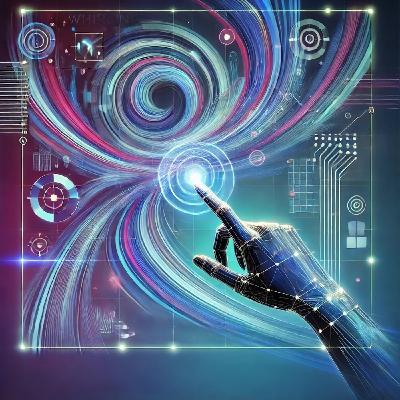ASSETS 2024: SoundHapticVR: Head-Based Spatial Haptic Feedback for Accessible Sounds in Virtual Reality for Deaf and Hard of Hearing Users
Description
Pratheep Kumar Chelladurai, Ziming Li, Maximilian Weber, Tae Oh, and Roshan L Peiris. 2024. SoundHapticVR: Head-Based Spatial Haptic Feedback for Accessible Sounds in Virtual Reality for Deaf and Hard of Hearing Users. In Proceedings of the 26th International ACM SIGACCESS Conference on Computers and Accessibility (ASSETS '24). Association for Computing Machinery, New York, NY, USA, Article 31, 1–17. https://doi.org/10.1145/3663548.3675639
Virtual Reality (VR) systems use immersive spatial audio to convey critical information, but these audio cues are often inaccessible to Deaf or Hard-of-Hearing (DHH) individuals. To address this, we developed SoundHapticVR, a head-based haptic system that converts audio signals into haptic feedback using multi-channel acoustic haptic actuators. We evaluated SoundHapticVR through three studies: determining the maximum tactile frequency threshold on different head regions for DHH users, identifying the ideal number and arrangement of transducers for sound localization, and assessing participants’ ability to differentiate sound sources with haptic patterns. Findings indicate that tactile perception thresholds vary across head regions, necessitating consistent frequency equalization. Adding a front transducer significantly improved sound localization, and participants could correlate distinct haptic patterns with specific objects. Overall, this system has the potential to make VR applications more accessible to DHH users.
https://dl.acm.org/doi/10.1145/3663548.3675639
























